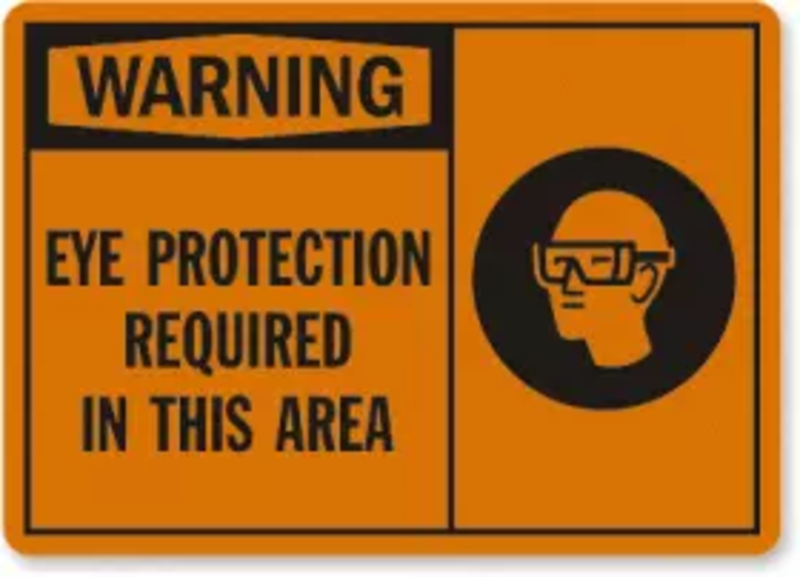Eye Protection

Each year, there are countless work-related eye injuries. With the kind of eye protection available today and the comprehensive OSHA regulations in place these injuries could be and should be avoided. And along with the painful and serious injuries to the workers involved comes the cost of medical expenses, lost production time and worker compensation.
The OSHA regulations required employers to provide both eye and face protection against chemical, environmental, radiological as well as mechanical irritants and hazards. In addition, to protect against flying objects, workers must have side protection. Workers must use filtered lenses with a shade number that is appropriate for the type of work being performed. For example, there are a number of different welding operations. Each one requires its own minimum shade protection.
Many employees of course wear prescription glasses while performing their work. Employers must insure that the type of eye protection that use incorporates the prescription in its design. Or, at the very least, wears eye protection that can be worn over the prescription lens safely and securely.
To be sure that the correct protection will be provided to employees, it is a good idea to conduct a walk-through survey of the area where work will be performed. In that way, sources of hazards can be identified and proper actions taken with regards to protection equipment of all types. Categories to be addressed include: impact, penetration, compression, chemical, heat, dust and light radiation. . In the case of eye protection, it is important that the equipment selected not only provide protection, but is also as comfortable to wear as possible under the circumstances the workers will be subjected to. Adjustments to the equipment must be made on an individual bases to provide them with the most comfort. This way, workers are more likely to keep within the rules and wear the protective equipment at all times. Those most affected to eye injury include: carpenters, electricians, machinists, mechanics and repairers, millwrights, plumbers and pipe fitters, sheet metal workers and tinsmiths, assemblers, sanders, grinding machine operators, lathe and milling machine operators, sawyers, welders, laborers, chemical process operators and handlers, and timber cutting and logging workers.
It is also important to periodically review the methods and protective equipment used to better understand the potential for injury and make changes as necessary to insure that safety remains the prime focus of the operation.